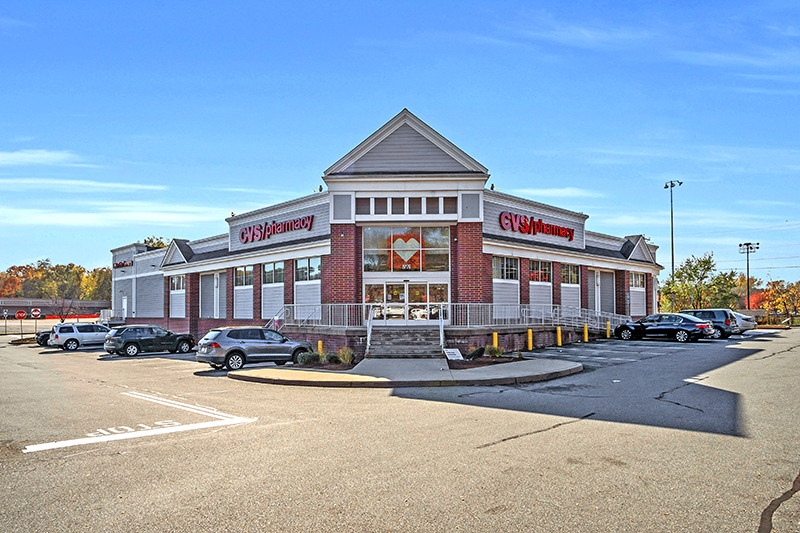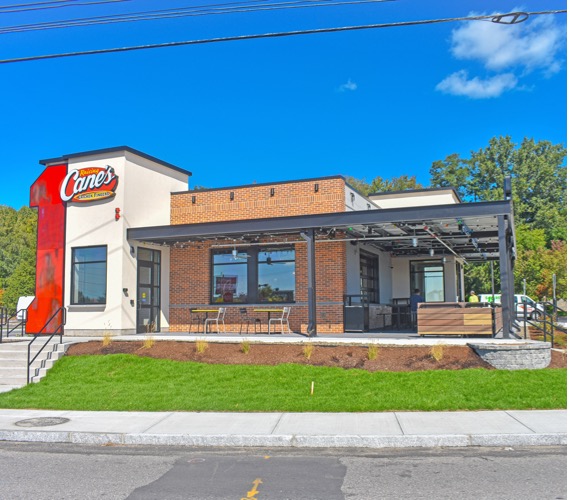Question of the Month: Looking to finance your next retail development project? EB-5 could be the solution
Simply put, the EB-5 Immigrant Investor program is an immigration program and a job creation program. In fact, it is the only job creation program that creates jobs at absolutely no cost to U.S. taxpayers (compare that to the federal stimulus package!). The program is also a unique source of funding for retail developers.
Though the program was relatively obscure until the financial crisis, use of EB-5 by developers as a capital source has exploded in the last few years. High-profile commercial real estate projects of all sizes nationwide have incorporated EB-5 funding in their capital stacks, across all regions of the country. In fact, over 90% of EB-5 projects have a real estate component, and over 50% of those involve retail.
There are several advantages to this source of capital for real estate developers. The first is flexibility. There is no rule as to where or how much EB-5 capital can be used in the capital stack. Some projects exclusively use EB-5 funds to meet their financing needs. Others use it to replace all or a portion of the developer equity already in the project.
However, EB-5 capital is most commonly used as mezzanine financing. Banks are no longer lending like they used to, so gone are the days when they would lend 80-90% of a project cost. With the senior lender typically lending up to 50-60%, this is leaving a gap in the capital stack of 20-30%.
A second big advantage is cost. Since investors are primarily motivated by a successful immigration result, they often accept lower financial returns than with traditional investments. When EB-5 is used as mezzanine financing, the total cost of the capital is often in the range of 4.75-7%, which is significantly less than traditional mezzanine debt.
Before using EB-5 for the first time, the question you should have is where exactly to start. EB-5 is a complicated program that includes both immigration and securities law. Moreover, because it involves exclusively foreign money, the financial services aspects of this are equally complex. The best advice really is to hire the right team.
The right team will include an EB-5 economist, EB-5 business plan writer, EB-5 securities attorney, EB-5 immigration attorney, and an EB-5 fund administrator. It is critical that the team members you hire specialize in EB-5.
Once the right team is in place, the first step is to determine how much EB-5 capital can be used in your project.
Developers who wish to leverage EB-5 capital have some initial choices to make regarding the approach. The path taken here will influence how jobs are calculated and, as a result, how much EB-5 capital can be raised. Developers can choose between a direct EB-5 offering or a regional center offering. The benefit to a regional center approach is that indirect and induced jobs can be counted in addition to the direct jobs.
Many developers may be pleasantly surprised by how many jobs are created if the project is set up correctly. As an example, by working with an approved EB-5 Regional Center, all of the direct, indirect, and induced jobs in a project can be counted. For retail projects especially, this means that in addition to direct employees, indirect employees like those working the construction and induced jobs from the trailing economic effects can be included. From there, determining the size of the potential EB-5 capital raise is relatively straightforward. Each investor must create at least 10 jobs to earn their green card. If the jobs are going to be created in a targeted employment area, the investment level per investor is currently set at $500,000, so by multiplying this by the number of investors, the maximum size of the EB-5 raise is determined.
Working with or “renting” an existing regional center allows developers to promote an offering within the benefits of the regional center program, thereby allowing them to count indirect and induced jobs without enduring many of the hurdles that establishing and managing a new regional center would create. The regional center, in these cases, will take on a range of participation in the process relevant to the developers’ needs. Some will manage investor recruitment, compliance with EB-5 program requirements, and coordination of immigration filings, allowing the developer to focus entirely on the project, while others will do little more than lend their designation and make the appropriate filings with the USCIS.
Alternately, developers who intend to use EB-5 funding repeatedly or who have some experience with EB-5 might want to consider establishing a new regional center of their own. This could provide some cost savings, as well as more overall control for the developer.
Whether renting, amending, or establishing a new regional center, investors’ immigration success needs to be the primary focus. Ensuring that the chosen team has a focused effort on including a third party administrator to manage the receipt and disbursement of capital contributions, tracking the flow of funds, and servicing the loans is a best practice in the EB-5 industry. Third party controls not only improve the efficiency of the regional center or issuer but also enhance the security and transparency the issuer can provide their investors, leading to a competitive advantage in the marketplace.
EB-5 is a valuable source of capital for retail developers. Is it right for you?
Reid Thomas is the executive vice president for NES Financial, San Jose, Calif.
Mace of KeyPoint Partners negotiates 36,192 s/f lease for The Picklr at Endicott Square
Danvers, MA KeyPoint Partners (KPP) negotiated a lease with the nation’s premier indoor pickleball venue The Picklr at Endicott Sq. Vice president of retail brokerage Don Mace negotiated the transaction on behalf of the landlord.






.jpg)


.png)